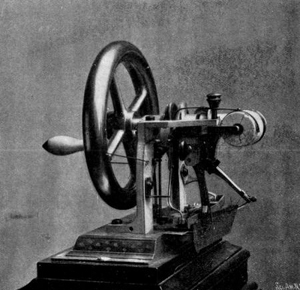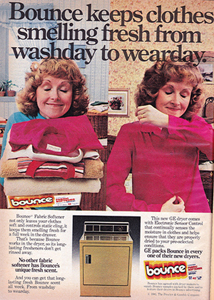Question from No Name:
When was the bulletproof vest invented? Or should I say Kevlar?
Kevlar was another accidental invention among many others throughout history that has saved thousands of lives. The fabric was originally intended to replace steel belting in the tires of vehicles. A member of DuPont’s Pioneering Research Laboratory, Stephanie Kwolek, first developed the synthetic material in 1965. Kwolek was awarded patent number 3,819,587 in 1974 for “Wholly aromatic carbocyclic polycarbonate fiber having orientation angle of less than about 45º.”
Kwolek had been hard at work developing new polymer solutions when she stumbled onto one that behaved in a way no other solution had before. The particular liquid separated into two distinct layers: one was clear and yellow, and the other was cloudy, shiny, and much thinner than other mixtures. It poured like water, which was also uncharacteristic.
Kwolek and technician Charles Smullen tested the liquid further, spinning it to fibers and ultimately discovering the material’s remarkable capabilities. The substance was lightweight, stronger than steel, chemical, flame, and high cut resistant.
Under DuPont, Kwolek’s material underwent testing as a bullet resistant fiber. DuPont first began marketing Kevlar in 1971 as bulletproof, protective body armor.
Today, Kevlar is used in many other products, including helmets, spacecraft shells, skis, and suspension bridge cables.
…all thanks to another “Happy Accident.”
_TG



 People attempted for decades to design a properly functioning sewing machine. There were many machines designed and patented which simply did not work. Then in 1830, Barthelemy Thimonnier, a French tailor, developed a successful model. This machine caused fear and outrage among tailors in France. Afraid that they would lose their livelihoods to this invention, a group of tailors destroyed the plant where Thimonnier was producing his sewing machine.
People attempted for decades to design a properly functioning sewing machine. There were many machines designed and patented which simply did not work. Then in 1830, Barthelemy Thimonnier, a French tailor, developed a successful model. This machine caused fear and outrage among tailors in France. Afraid that they would lose their livelihoods to this invention, a group of tailors destroyed the plant where Thimonnier was producing his sewing machine. Did you ever wonder why you have to wait until the final rinse to add the fabric softener to your laundry? Laundry detergent and fabric softener can’t be mixed because the mixture causes a chemical reaction which forms a solid.
Did you ever wonder why you have to wait until the final rinse to add the fabric softener to your laundry? Laundry detergent and fabric softener can’t be mixed because the mixture causes a chemical reaction which forms a solid. Did you know intellectual property protection in America is about as old as America itself?
Did you know intellectual property protection in America is about as old as America itself? The first passenger elevator was designed for France’s King Louis XV for his personal chambers in Versailles in 1743. Called the “Flying Chair” the elevator only went one floor, connecting the king’s chambers to his mistresses’ on the second floor of the palace. The king entered his elevator through his balcony and a arrangement of weights and pulleys hanging inside a chimney were pulled to raise or lower the chair.
The first passenger elevator was designed for France’s King Louis XV for his personal chambers in Versailles in 1743. Called the “Flying Chair” the elevator only went one floor, connecting the king’s chambers to his mistresses’ on the second floor of the palace. The king entered his elevator through his balcony and a arrangement of weights and pulleys hanging inside a chimney were pulled to raise or lower the chair. You can add the microwave oven to the list of products invented by accident. Dr. Percy Spencer was not trying to invent a faster way to cook when he discovered the principal behind the microwave oven. Instead, Spencer was working for the Raytheon Corporation testing a new type of vacuum tube known as a magnetron. One day, he discovered that a candy bar which he had in his pocket had melted while working with the magnetron. This led to many more experiments with the tube.
You can add the microwave oven to the list of products invented by accident. Dr. Percy Spencer was not trying to invent a faster way to cook when he discovered the principal behind the microwave oven. Instead, Spencer was working for the Raytheon Corporation testing a new type of vacuum tube known as a magnetron. One day, he discovered that a candy bar which he had in his pocket had melted while working with the magnetron. This led to many more experiments with the tube.